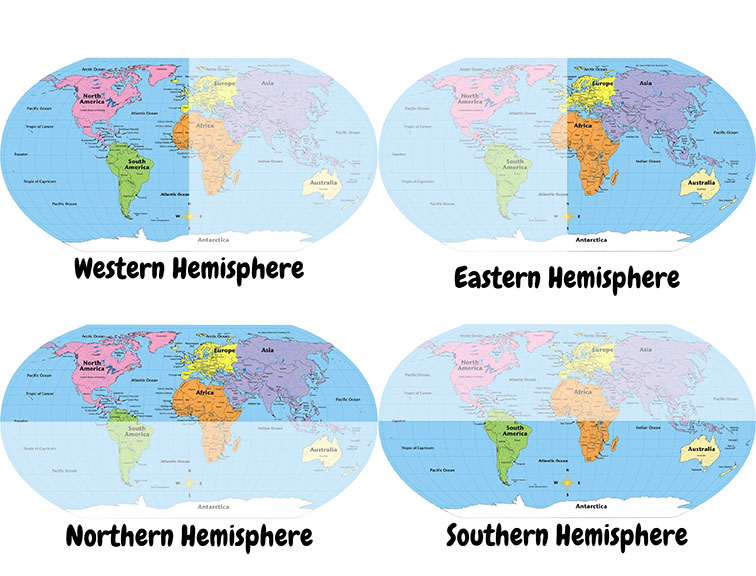

The Southern Hemisphere is the half of the Earth that is south of the equator. It includes Antarctica, most of South America, Africa, Australia, and New Zealand.
The Southern Hemisphere has different seasons than the Northern Hemisphere. When it is summer in the Northern Hemisphere, it is winter in the Southern Hemisphere. This is because the Earth is tilted on its axis, and the Southern Hemisphere gets less sunlight in the winter.
The Southern Hemisphere also has different weather patterns than the Northern Hemisphere. The Southern Hemisphere is generally warmer than the Northern Hemisphere, and it has more rain.
The Southern Hemisphere is home to many unique plants and animals.

Noun: The half of the Earth that is south of the equator.
Adjective: Relating to or located in the Southern Hemisphere.
The etymology of the word "Southern Hemisphere" can be traced back to the Latin word "hemisphaerium", which means "half of a sphere". This word is made up of the prefix "hemi-", which means "half", and the noun "sphaera", which means "sphere".
The word "Southern Hemisphere" first appeared in English in the 16th century. It was originally used to refer to the half of the Earth that was south of the Tropic of Capricorn. However, the definition of the Southern Hemisphere has since been expanded to include all of the Earth that is south of the equator.
Where is the Southern Hemisphere?